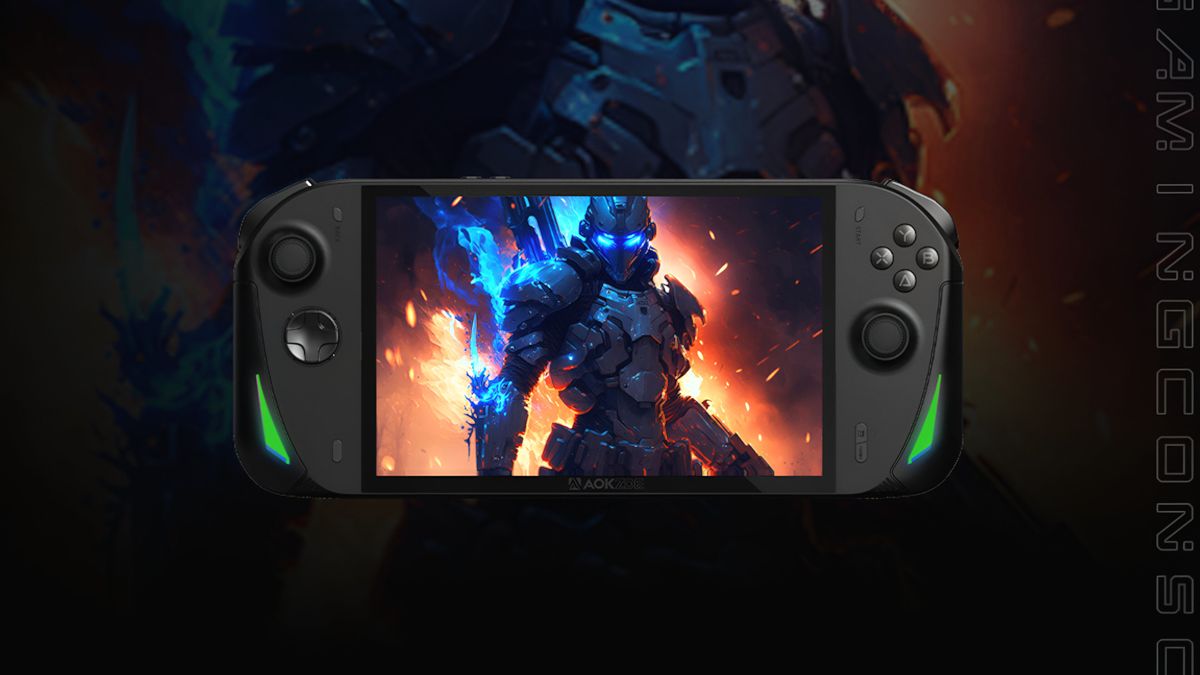Dungeons & Dragons has long been seen as the Kleenex of tabletop role-playing games, a brand that looms so large that it seems to blot out the sun and steal attention from other, similar games. And yet, D&D’s brand is currently on the back foot, unsteadied for the first time in a decade. The recent rules refresh has already produced the excellent Player’s Handbook (2024) and the Dungeon Master’s Guide (2024), but the industry titan feels very much between phases — on the threshold of something new, but still not fully realized.
There are also troubling signs of decay. Despite the clean precision of that spiffy new PHB, on a cool morning, when the wind is just right, you can’t help but smell the enshittification of the beloved role-playing game drifting in on the breeze as its many side projects seemingly wither on the vine.
How did it come to this? First, there was Wizards bungling the lead-up to the big rules refresh. That gave the company a black eye. The OGL debacle made things worse by putting a genuine seed of doubt into the minds of consumers. Suddenly, fans were wondering if Hasbro really did have their best interests in mind. But the real damage came when Hasbro laid off roughly one-fifth of the larger company. While we don’t really know how that’s affected the head count at Wizards, it’s clear from the 2025 schedule that the pace of releases is off. There just aren’t as many books coming out this year as I was expecting.
It’s clear from the 2025 schedule that the pace of releases is off
That’s not all. Project Sigil, the highly anticipated Unreal Engine-powered virtual tabletop, hasn’t been seen much in public since August, when it bugged out repeatedly on stage during a game run by Aabria Iyengar. Later, at a live event in London with a similar format, it wasn’t shown at all. Now comes a new marketing push for a simpler, flatter, web-based solution called Maps.
The announcement of new campaigns and adventures has also notably slowed. After the revised Monster Manual (2025) arrives in February, fans may need to wait until the summer for new playable adventures set in the Forgotten Realms. And when those do arrive, they may not add up to a full campaign. Additionally, fans will get an unnamed dragon anthology of unconnected adventures by the summer, and a new starter set by the fall. That’s seemingly it for playable content for the world’s most popular role-playing game.
There’s no Curse of Strahd on the horizon in 2025. No Wild Beyond the Witchlight or Rime of the Frostmaiden. No Descent Into Avernus. There’s not even a Dragon Heist to look forward to. Just a “Forgotten Realms Player Guide” and a “Forgotten Realms Campaign Guide,” two products that I expect to double down on what’s become a staid, largely generic Vaguely Medieval Fantasy World.
And while Hasbro’s elder dragon may be wounded, independent artists the world over are busy making dangerous creatures of their own. Indie TTRPG creators of all sizes should see this as an opportunity to get loud, to make some more noise, and to do their damndest to bring more attention to themselves and the new and exciting worlds they’ve created. But how?
Only together can the dozens and dozens of tiny fandoms out there hope to rise above the din, especially once the dragon starts roaring again. Thankfully, I already see collaboration and community building happening out there. As alternative social media platforms like Bluesky begin to flourish, every new starter pack of designers helps the entire fandom find its footing. But with potential tariffs looming on the horizon, coming together for bigger swings needs to be a priority for the entire industry.
Perhaps the most exciting bit of collaboration that I’ve seen came last October. That’s when the modestly successful team at Tuesday Knight Games, makers of the hit game Mothership, rallied individuals and smaller design groups to their banner for Mothership Month. It’s an example of what BackerKit is calling “collab-funding,” but it has its roots in things like Zine Quest, which builds off of the existing indie design space. This particular effort included 21 different teams all making content inspired by the larger, previously successful Mothership brand. By the end of the monthlong campaign, these designers collectively earned just over $1 million — a princely sum for any small game on a crowdfunding platform, but an especially high number for a group of indie TTRPG designers.
Reached for comment, BackerKit provided Polygon with some additional clarity that details just how successful the project was. Not only were all of the campaigns involved in the collab-funding project successful, in that they earned enough money to be considered funding-complete, but the funding drives were relatively lucrative as well. BackerKit said that nearly 1 in 5 creators involved ended up with their highest-earning BackerKit campaign of all time. Getting a critical mass of fans to show up had add-on effects as well. BackerKit’s data shows that 45% of backers who put money in pledged to more than one project, and 30% of backers contributed to more than five projects.
But Mothership Week was most successful in increasing awareness of the franchise. Prior to that collab-funding campaign, the Tuesday Knight Games Discord server only had about 10,000 members total. By the end of the project, more than 23,000 people had pledged. Together, these developers effectively doubled the number of folks who are now literally invested in their success — and likely brought many of them over to their own private online communities on Discord as well.
The last piece of advice I can offer to indie TTRPG makers comes from my own experience working in media. Ask yourselves: Who is your audience, and what is your audience looking for? Where are they looking for it, and how can you best give them more of it? And what does success look like? Betting on the answers to those questions will likely make or break many smaller teams over the next few years. The coming year represents a massive opportunity to get ahead of what appears to be a fundamental transition in the landscape of the internet and search traffic.
Above all, I feel it is imperative that indie designers realize that their window is rapidly closing. Rather than sitting in their own little corners of the internet and wringing their hands, creatives who want to thrive in the TTRPG space need to come together and fight for the recognition that they deserve. The dragon is knocked out for now, but it won’t be at rest forever. Only by building out a solid party, filled with individual contributors each possessing powerful skills, can they hope to one day face that dragon — or at least earn a place in the lair beside them.

 1 week ago
5
1 week ago
5










 English (US) ·
English (US) ·